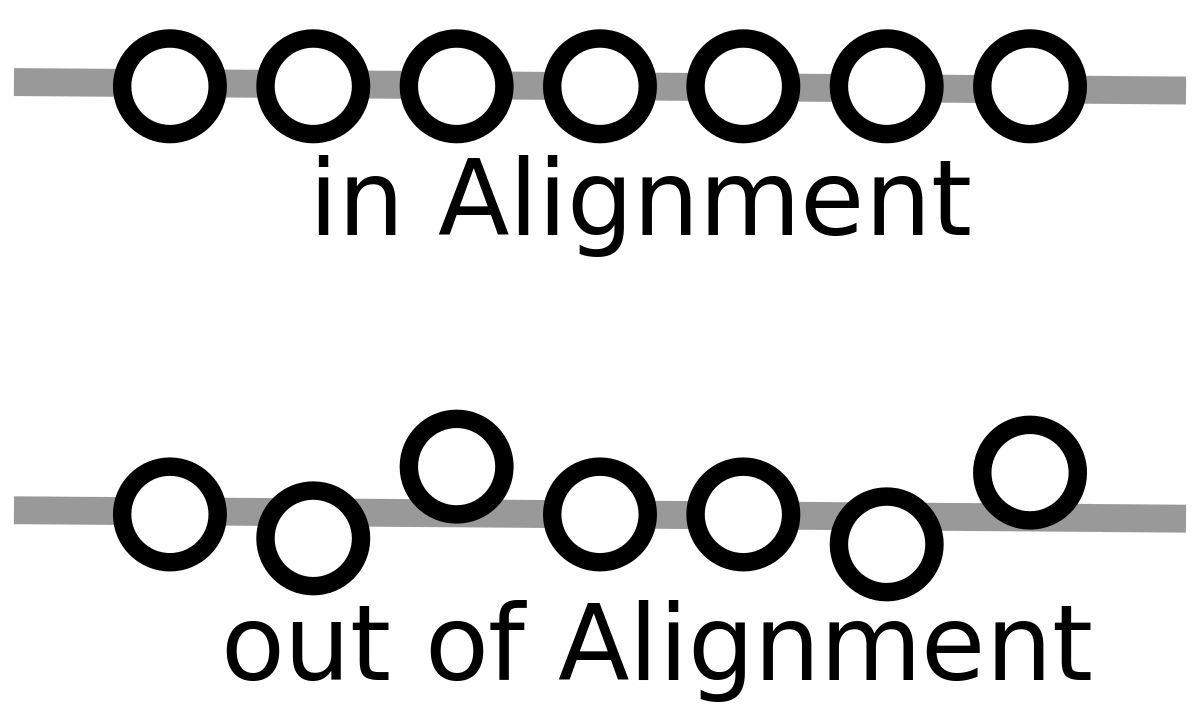
Most employee incentives built in today’s companies are efficiency-focused. You execute at a certain level of productivity, hit your team or company KPIs and get rewards. For example:
- Reach a sales quota, and get a commission.
- Achieve a target stock price, and receive a bonus.
- Surpass a specific goal, earn a promotion…
A requirement for these incentives to work is a well-defined process: you have historical data to forecast future results, a documented step-by-step guide to follow, and a clear understanding of the mechanics of your tasks.
The incentive theory of motivation is a behavioral theory that suggests people are motivated by a drive for incentives and reinforcement. The incentive theory also proposes that people behave in a way they believe will result in a reward and avoid actions that may entail punishment.
According to a study conducted by the Gallup Organization, disengaged employees cost the American economy up to $350 billion a year due to lost productivity.
However, these types of incentive alignments fall short for growth teams. They cannot reverse engineer their challenges, mostly because they are chasing goals that are unvalidated and unproven. These teams are searching for new ways to solve old problems. They are trying to validate hypotheses and conduct experiments with unknown results. There are no playbooks.
So, if the growth team has this different nature from other departments, how can you create an incentive structure that motivates them while also matching the company’s needs?
Define the scope
- What problems is the growth leader trying to solve? Remove acquisition bottlenecks at the top of the funnel. Increase engagement or retention?
- Who in the organization is impacted? E.g. marketers, the product team, designers?
- What are the KPI(s) that define success for this objective? How long will it take to run all experiments and see results?
- Is the downside limited? Is the upside at least 10x?
Get an agreement to guarantee resources
- What resources will the growth leader need to run experiments and give them the best chance of success?:
- How much time is required to run all experiments?
- How much budget is needed?
- Will they need resources from other departments? If so, how much, how long, and when?
Steven Dupree (former VP of Marketing/Growth at SoFi and president of Upright Growth) points out that this is particularly important when assigning designers, copywriters, data analysts, and engineers from core departments to growth tasks. - Does the leader have all the required skill sets at his or her disposal?
Measure success right
- Again, growth teams deal with uncertainty. They don’t know which experiments will work, and which won’t. They are not 100% sure of the outcome of their actions.
- So the process itself should maximize the chance of the best outcome.
- Measuring growth success singularly by an end goal may cause anxiety and demotivation in the team. Instead, try to measure how many experiments the team runs on a weekly basis and if such experiments are moving the needle of the main KPI they need to impact.
- And remember: experiments are means to an end. The end is the learning around which you get closer to achieving a main KPI — which should be clearly defined and agreed upon before any step gets taken.
Compensate appropriately
- What’s the reward once the objective is achieved? The motivation of each individual on your team will vary, and so should the incentive.
- To motivate idea suggestions: one must reward speaking up. There shouldn’t be any downsides in case an idea doesn’t work, but if it works, and eventually gets rolled out, whoever voices the idea may become the leader of that project.
- To motivate testing velocity: one must ensure that the primary KPI that measures success is the number of quality tests being executed, regardless of individual outcomes — trust the process.
- To motivate leaders: one must show that efficiency and validation are two opposite sides of a spectrum. While most operational teams are efficiency-driven, the growth team supplements their approach with their validation-driven experiments.
A few examples of company programs designed to incentivize the behaviors and actions required for a successful growth program are:
Amazon’s Just Do It Award: every year this award is given by the CEO and aims to recognize a select few employees who exemplify two of their core values: innovation and bias for action by creating an impact on their own outside of their day job.
Pfizer’s Dare to Try: a program created to incentivize experimentation and award those responsible for finding creative solutions to many of the difficulties and puzzles Pfizer encounters as a major organization.
Last note: when we think about founders, the ultimate success of the company is their highest incentive, which justifies their broad sense of ownership. But that’s not the same for other roles. Once you understand what drives and inspires their actions, it becomes easier to incentivize that behavior and mindset.
This article was brilliantly co-authored by our Master Growth Community member Steven Dupree — who was also former VP of Growth at LogMeIn, VP of Marketing at SoFi, member of the Reforge Collective, and EIR at 500startups, among so many other growth ventures.



